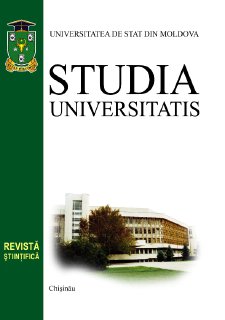SYNTHESIS AND STUDY OF HOMO- AND HETEROMETALLIC COORDINATION COMPOUNDS OF Cu(II) AND Bi(III) WITH 4-ETHYLTHIOSEMICARBAZONES OF 2-FORMYL AND 2-ACETYLPYRIDINE
Elena NEGUȚA, Aurelian GULEA, Aliona COTOVAIA, Ion BULIMESTRU, Universitatea de Stat din Moldova Greta BĂLAN, Universitatea de Stat de Medicină și Farmacie ,,N. Testemițanu” Sergiu ȘOVA, Institutul de Chimie Macromoleculară ,,Petru Poni”, Iași, România
Аннотация
This paper deals with synthesis and analysis of two series of homo- and heterometallic coordination compounds of Cu(II) and Bi(III) with 4-ethylthiosemicarbazones of 2-formyl and
2-acetylpyridine, with the general formulas: {Cu(HL)}Cu(edta)·nH2O and {Cu(L)}2Cu(edta)·nH2O for Cu(II)
homometallic complexes, and {Cu(L)}Bi(edta)·nH2O (n = 1 - 5) for heterometallic compounds. In the synthesized
complexes, 4-ethylthiosemicarbazones of 2-formylpyridine (HFoPyTSC-4Et) and 2-acetylpyridine (HAcPyTSC-
4Et) are in monodeprotonated (L) or nondeprotonated (HL) forms. The antimicrobial and antifungal activities of
the obtained homo- and heterometallic compounds have been determined.
The results demonstrated that [Cu(AcPyTSC-4Et)Bi(edta)]·5H2O compound has the highest antimicrobial activity, being approximatly 76 and 19 times more active than Furacilin (MIC = 4.67 µg/mL) against Staphylococcus
aureus (ATCC 25923) and Bacillus cereus (ATCC 11778) strains, correspondingly. While against Candida albicans strain, the most active antifungal agent, with MIC = 0.98 µg/mL, was {Cu(AcPyTSC-4Et)}2Cu(edta)·H2O
complex, being approximately 32 times more active than Nystatin (MIC = 32.0 µg/mL).
Keywords: copper(II), bismuth(III), homo- and heterometallic complexes, thiosemicarbazones, 2-formylpyridine,
2-acetylpyridine.


